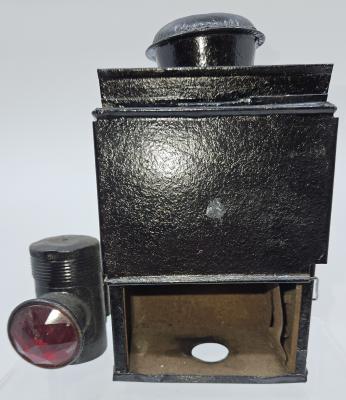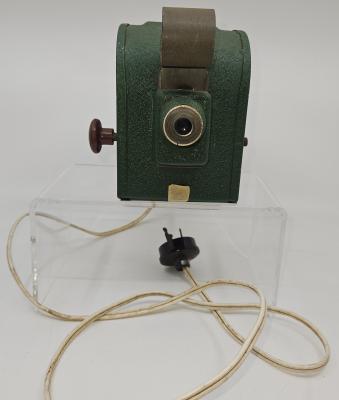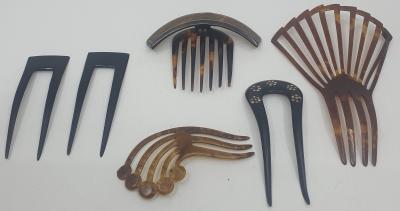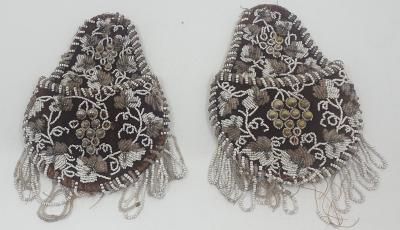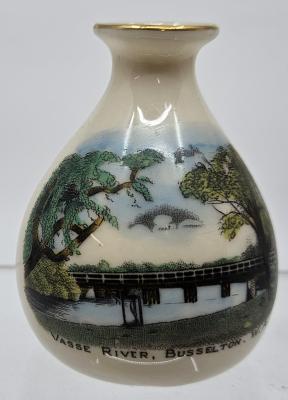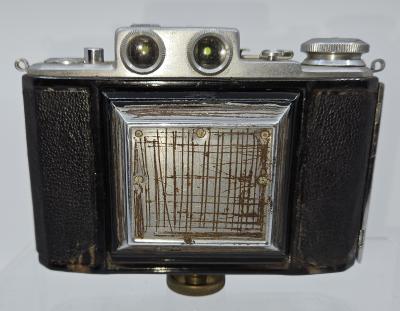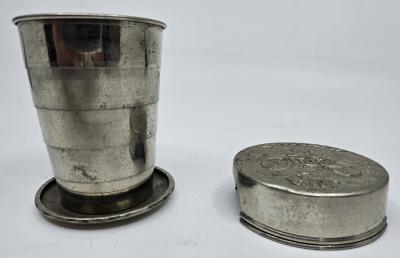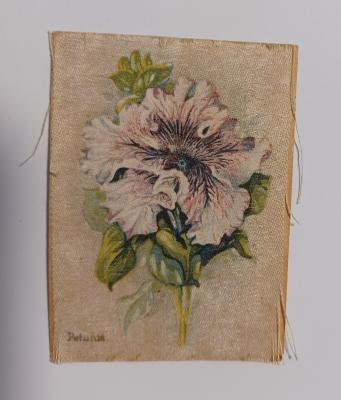EPNS Jam Spoon with a faux Mother-of-Pearl Handle
c. 1924 - 1927The spoon is made of Electroplated Nickel Silver (EPNS), has a faux Mother-of-Pearl handle and the inside of the spoon is etched with a floral design
Henry Long first appeared as knife maker in a Sheffield directory in 1828 and he traded under many names that reflected his business partnerships. The name HG LONG & CO first emerged in 1853 after the death of Henry Long and it had some success selling its ‘double-refined’ steel table cutlery to ironmongers in Ireland. The name of the company continued to change, reflecting changes in ownership, until 1901, when HG LONG & CO LTD was registered at the Hallamshire Works as a manufacturer selling table, dessert, butchers’, farriers’, and pocket knives, razors, plated goods and other edge tools. In 1924 Long’s moved to the Cross Dagger Works, in 1926, the business was offered for sale as a ‘going-concern’, with ‘four valuable trademarks’ and it was wound up in 1927.
Details
Details
The mark for HG Long & Co is stamped on the neck of the spoon. The mark indicates the spoon was made at the Cross Dagger Works meaning it was made between 1924-1927
Modern electroplating was invented by Italian Luigi V Brugnatelli in 1805 but the invention was suppressed for many years due to the fear of confusion between plated silver and sterling silver. Electroplating became commonplace after makers agreed to use hall markings e.g. EPNS (Electro Plated Nickel Silver) / EPBM (Electro Plated Britania Metal) to indicate to composition of the metal and differentiate from sterling silver.
The Electroplating process is where a thin layer of sterling silver is deposited electrolytically on a surface of base metal like nickel or britannium (a pewter alloy).
The earliest faux pearls were manufactured in13th century Italy and some of these were reputedly made from a mixture of powdered glass, snail slime and egg white. Nowadays the manufacture is more scientific and is based around the combination of calcium carbonate with the bacteria Sporosarcina pasteurii and urea. This combination triggers the crystallisation of calcium carbonate.
Cross Dagger Works
Related Objects
Related Objects
Other items by Henry Godfrey Long & Co
Other items from Busselton Historical Society
Scan this QR code to open this page on your phone ->

